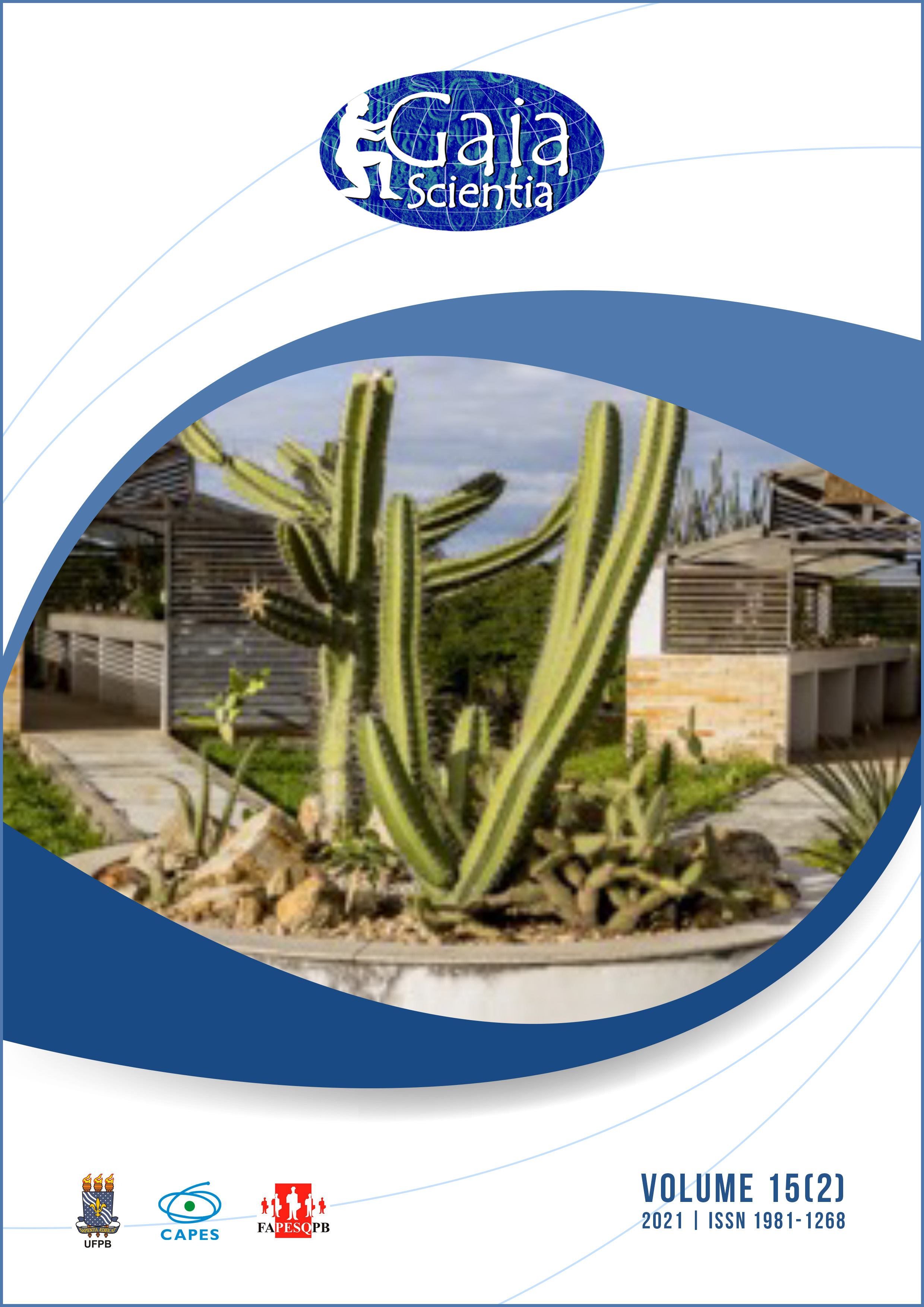Use of two species of aquatic macrophytes in vermicomposting
DOI:
https://doi.org/10.22478/ufpb.1981-1268.2021v15n2.57711Abstract
In highly eutrophicated environments, aquatic macrophytes reproduce rapidly and occupy extensive areas, hindering the multiple uses of water resources. Thus, the use of the biomass of these plants was tested as an alternative for vermicomposting. Considering the chemical compositions of the macrophytes Eichhornia crassipes and Salvinia auriculata, we consider that E. crassipes is a better alternative for vermicomposting when compared to S. auriculata. The compost generated from E. crassipes showed higher fertility, consumption efficiency (1.29 times higher) and higher C/N ratio (3 times higher). The electrical conductivity increased due to the release of ions in the compost and, concomitantly, there was a decrease in pH. The electrical conductivity was 1.7 times higher for the compost generated by E. crassipes, indicating a greater availability of ions. The tests for heavy metals showed no relevant values. The results show higher efficiency in the use of E. crassipes, corroborating the proposed hypothesis. The composts presented a high quantity of micronutrients, which contributes to the use of the compost. Therefore, the use of the biomass from both species of aquatic macrophytes constitutes an alternative for vermicomposting, as the chemical composition of these plants contains the requirements (nutrients and organic matter) necessary for the formation of humus.










